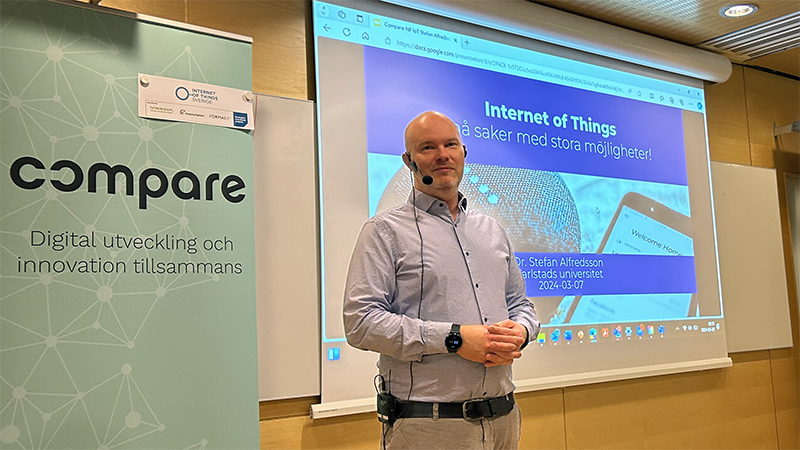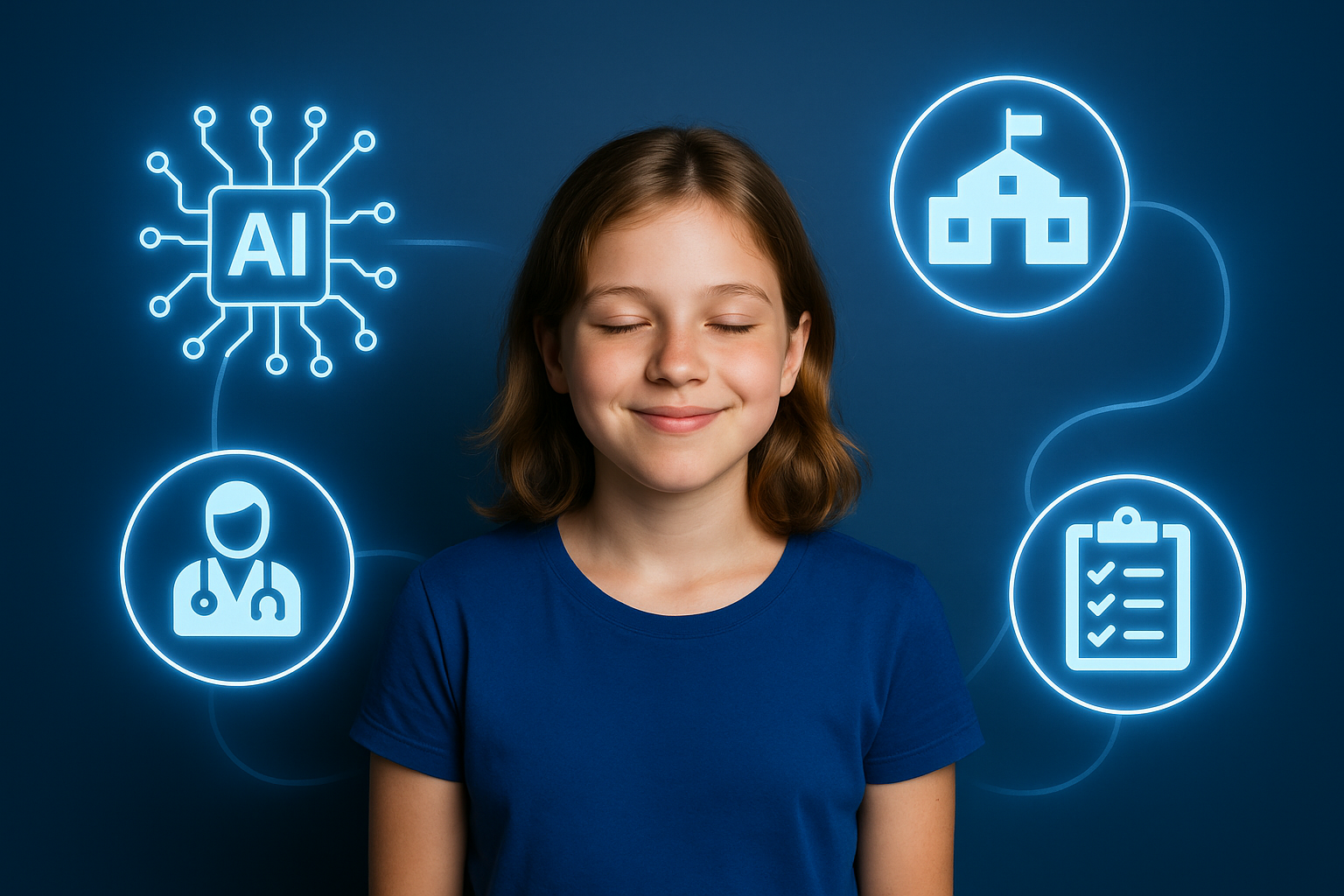In addition to his professional interest in the subject, Stefan also uses the Internet of Things in his own home.
- “At home, I have various sensors that can measure temperature, energy, or whether windows are open or closed, for example, and I can see this in a single control panel. It’s handy when I’m out and want to check it out.
Stefan notes that there is a wide range of connected devices for the home with different applications, such as light bulbs, locks and sound systems.
- Connected lights can function both as regular lighting that is controlled when you enter a room, but also as a simpler kind of burglar alarm by switching on when the devices’ sensor detects movement nearby. You can also receive a notification on your mobile phone at the same time.
Stefan also explains that the Stjärnhuset sheltered housing complex in Karlstad has attached sensors to the underside of the beds that register when someone leaves the bed at night, and the device then sends a signal to the light in the room, which is switched on. This reduces the risk of falls, which are more likely to occur in the dark.
Karlstad University is also exploring the possibilities of IoT in an ongoing collaborative project on how children and young people’s perceived safety in public outdoor environments can be increased through the use of IoT solutions. The project, which is run by the university, Compare, Karlstad Municipality, Karlstad Energi and the Värmland Police, also aims to explore the possibilities for collaboration between the organisations through, for example, data sharing.
With an eye on the future
What trends do you see in IoT?
Evolved interoperability is a trend, where the focus is on getting more “things” from different suppliers to communicate with each other and work together. Say you have a connected lamp from Ikea and it can only communicate with lamps from Ikea. The next step is for connected lights to be able to communicate with each other and be controlled together, regardless of who produced it.
What are some of the things that are happening that could influence the development of the Internet of Things?
The next generation mobile network, 6G, is just around the corner. It is still very fluid about what it will mean, but most likely it will go further than 5G with the possibility of more connected devices with more capacity, positioning and smart services in the network.
Is there anything academia needs to conduct research on the Internet of Things?
For us at Computer Science at Karlstad University, we would like to see more cases with partners in industry to collaborate on a common research challenge. Please feel free to contact me if you have ideas or suggestions about this.
In conclusion, Stefan emphasises the importance of cybersecurity and privacy when devices are used in this way, given the personal data that is collected, shared and how it is stored, and how devices can also be remotely controlled in various ways.

